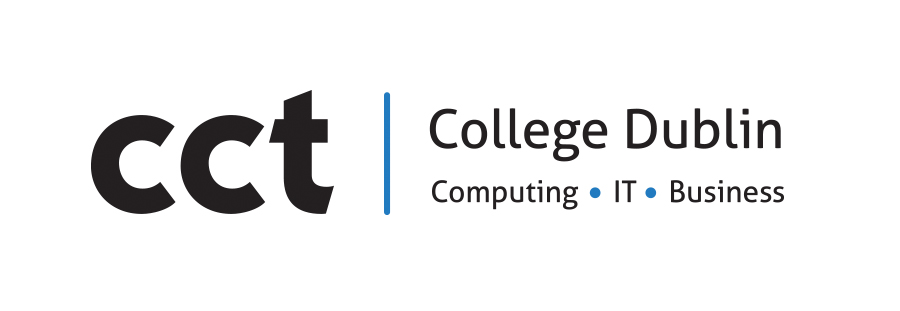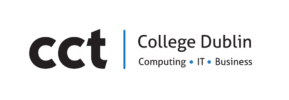3rd Jun 2016
Computer science education is finally a big deal. It is finally getting the media and political attention that it has needed for quite some time. However we now find ourselves in a difficult position. Everyone (I assume) agrees (finally) that computer science education needs to be properly implemented and supported, but the question now is how?
The Technology and Innovation Foundation (ITIF) has just released a report titled “The Case for Improving U.S. Computer Science Education“, outlining several shortcomings of the current state of play and suggestions for moving forward. It is written from a US perspective, but most of it is very applicable to Ireland [author’s comments in brackets], and elsewhere for that point. Worryingly many of these are concrete examples of the current lack of diversity in computer science education and computing disciplines in general:
- Only around a quarter of high schools offer computer science, and often these course lack rigor or focus on computer use or just coding instead of delving into computer science principles.
- Only 18 percent of schools accredited to offer Advanced Placement exams offer the computer science AP exam.
- Access to computer science is concentrated in affluent schools.
- Only 22 percent of students who take the AP exam in computer science are female, the largest gender disparity of any AP exam.
- Less than 10 percent of students who take the AP computer science exam are Hispanic, and less than 4 percent are black.
- Access to computer science is also limited at universities, where institutions limit enrollment through restrictions, higher admission standards, or introductory “weed-out” courses designed to keep students out of the major.
- In many cases, universities have few incentives to incur the cost of expanding computer science programs in response to student demand. These artificial constraints disproportionally impact women and minorities, diminishing attempts to promote inclusivity.
The report makes the following six suggestions as routes forward:
- Reform curricula for existing technology classes to focus on core concepts of computer science in primary and secondary schools [Although this has been experimented with, computer science education in the primary and secondary curricula needs to be cemented. England took an early step last year in implementing a national computing curriculum. The time is now to learn from this example and do the same in Ireland]
- Allow computer science to count as either a math or science requirement in high school [this one might be debatable in Ireland, but I could potentially see a bonus point situation where a computer science leaving cert could attract bonus points, once there is a computer science leaving certificate (see point 3)]
- Teach computer science in all high schools [secondary schools]
- Increase the number of qualified computer science teachers by providing resources to train and recruit [ditto]
- Establish more STEM-intensive public charter high schools [ok, this one might not be that applicable to Ireland]
- Create incentives for universities to expand their offerings in computer science and prioritize retaining students interested in majoring, minoring, or taking courses in the field. [I would argue that this means expanding course offerings, including allowing more non-majors to take computing modules. This point could also be expanded to include other alternatives such as apprenticeship programmes, conversion courses and initiatives targeted at specific outcomes and/or groups such as the government Springboard initiative].
The report summary concludes with a well put together synopsis (below). Hopefully in years to come this advice will have been heeded, not only in the US, but in Ireland and many other countries. The time to act is now.
To maintain the field’s current momentum, the perception of computer science needs to shift from its being considered a fringe, elective offering or a skills-based course designed to teach basic computer literacy or coding alone. Instead, it is time for computer science to be seen as a core science on par with more traditional high school offerings such as biology, chemistry and physics, which have been the focus since the 1890s. Furthermore, universities should capitalize on the growing interest in computer science and expand their offerings to accommodate the growing demand for courses in the field.
Not only is computer science a powerful educational tool for fostering critical thinking, problem solving, and creativity, computer skills and competencies are in high demand among employers in a wide range of industries, not just the tech industry. Therefore, policy and program reforms are needed to support and maintain the groundswell of interest in computer science.


